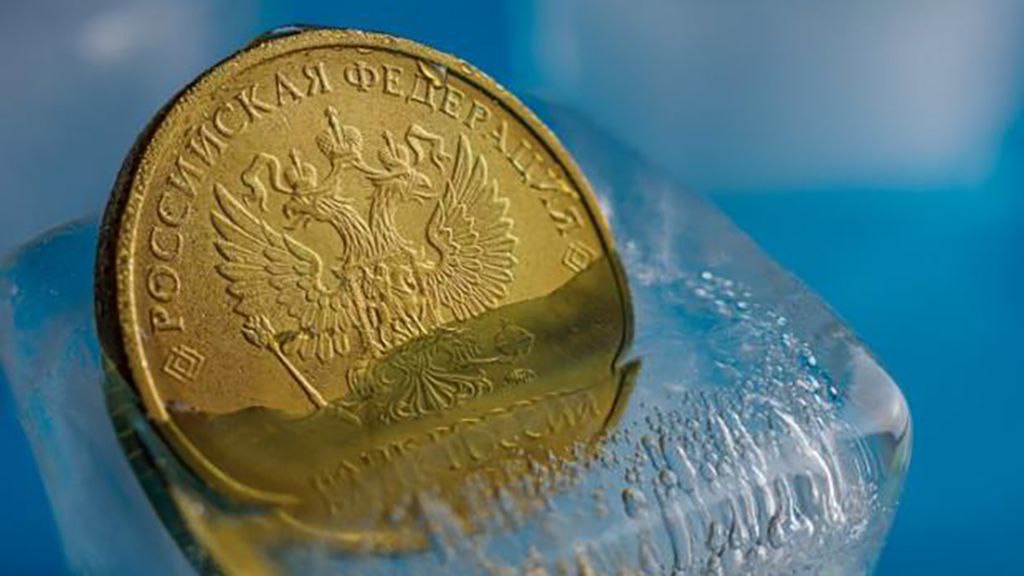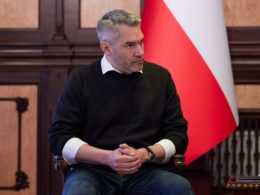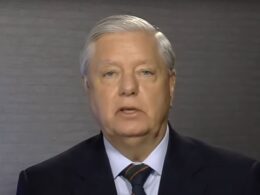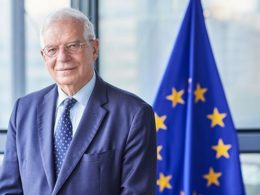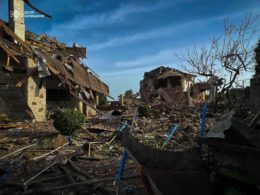The US has suggested to its Group of Seven (G7) allies the creation of a special purpose vehicle (SPV) to issue at least $50 billion of bonds, backed by profits from frozen Russian sovereign assets, to support Ukraine, Bloomberg reported, citing sources familiar with the plan. The proposal aims to pool the $280 billion of Russian central bank assets frozen by G7 countries and the EU, using the profits to back the so-called freedom bonds.
More than two-thirds of Russia's frozen assets are in the EU, generating around $3.6 billion in net profits annually. The proceeds from the proposed bond offering would nearly match the $60 billion of US aid currently stalled in Congress. The initiative comes at a critical time, as Western allies face challenges in funding Kyiv amidst artillery shortages and Russian advances in the east.
According to Bloomberg, the proposal aims to pool the $280 billion of Russian central bank assets frozen by G7 countries and the EU, using the profits to back the so-called freedom bonds.
Some G7 nations, including Germany and France, have expressed caution over the new proposal, while others, like Estonia, have advocated for bolder measures, such as outright seizing the assets. The G7 has previously stated that the assets will remain frozen until Russia agrees to compensate Ukraine for damages.
EU leaders are discussing using the profits from the frozen assets
to support Ukraine's military needs, with plans to transfer the majority of windfall profits to the European Peace Facility and a smaller portion to the regular EU budget's Ukraine facility. The US is pushing for an option that maximizes revenue from the frozen assets to provide quick support to Ukraine.
Read also:
- Austrian chancellor opposes using profits from frozen Russian assets to finance weapons for Ukraine
- EU aims to send €3bn annually for Ukraine from frozen Russian assets profit
- British foreign secretary proposes to loan all frozen Russian assets in UK to Ukraine
- UK’s Sunak calls for bolder seizure of frozen Russian assets, two years into war

